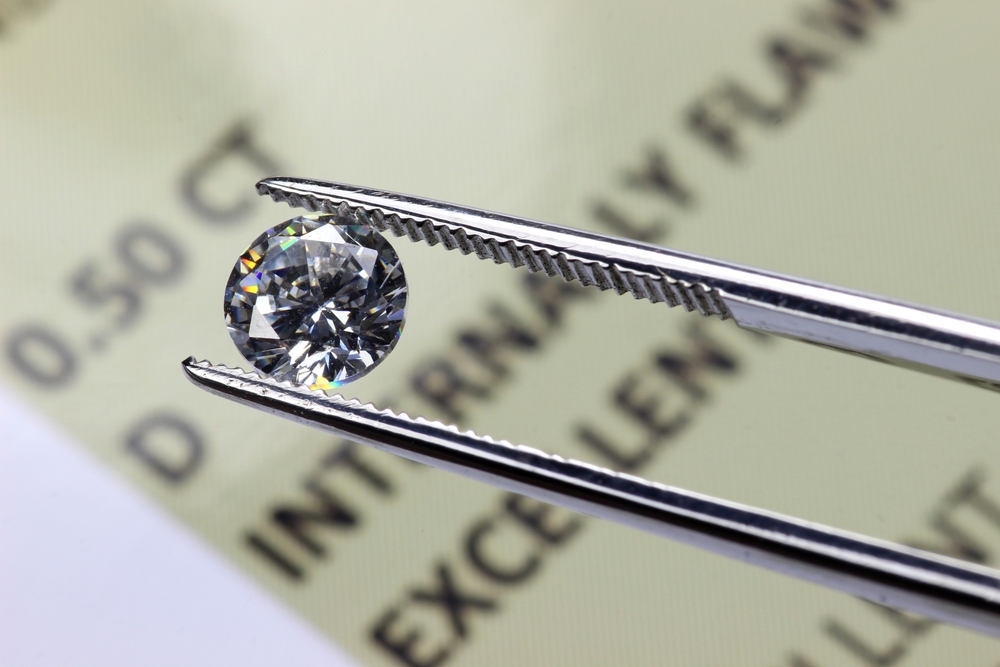Laboratory-grown diamonds are becoming a force to be reckoned with in the gemstone marketplace, presenting themselves as an intriguing option for investors seeking something beyond the traditional. These crafted gems offer a physical, opulent asset whose value follows a distinct set of market behaviors, not entirely in sync with those of their earth-mined counterparts or conventional investments. This concluding segment of our educational series navigates the complexities of lab diamond investment, providing potential investors with crucial insights to secure a promising financial future through these stones.

Comprehending the Lab Diamond Industry:
It’s essential to decode the industry dynamics concerning lab diamonds, including the ebb and flow of supply and demand, cost influencers, and how technological advancements alter production expenses. Lab diamonds differentiate from naturally occurring diamonds in that their worth hinges on the pace of manufacturing breakthroughs, the degree of acceptance in the marketplace, and changing consumer attitudes.
The Role of Grading and Certification:
For synthetic diamonds, as it is for natural ones, a diamond’s market value depends greatly on its 4Cs: cut, color, clarity, and carat weight. Opting for stones that have received high marks from esteemed grading organizations is pivotal, as this assures you of their value. Certifications from authoritative institutions affirm the authenticity and calibre of your investment.
Selecting an Authentic Dealer or Platform:
With this being a relatively nascent industry, it is imperative to partner with dealers or platforms with a solid reputation in lab diamonds. These entities should provide transparent sourcing processes, accessible grading details, and have a record of positive interactions with investors. Some may even offer tailored investment opportunities for lab-grown diamonds, offering a user-friendly experience for newcomers.
Diversifying Your Diamond Portfolio:
Hedge your investment risks by diversifying your diamond portfolio within the realm of alternative investments. Mix and match a variety of lab diamond grades, types, and sizes. Stay attuned to the fluctuations in consumer preferences to gauge when to reallocate your investments towards gems that are on an upward trend in demand.
Considering the Future and Resale Prospects:
Since lab diamonds are a relatively fresh commodity on the market, their secondary market is not as developed as that of natural diamonds. Investors should enter with a long-term mindset, knowing that the value of lab diamonds may accrue over time. Factor in the nuances of additional investment-related costs, such as those associated with investment platforms, storage, insuring, and possible future grading fees for a true picture of potential returns.
Investing in lab diamonds is to delve into a progressive and dynamic sector that resonates with the contemporary ethos of ethical and environmental awareness. These investments are laden with potential but call for insightful understanding, patience, and deliberate strategizing. By confirming the quality of your assets, connecting with trustworthy platforms, and adopting a smart approach to diversification, you lay the foundations of an investment grounded in savvy judgment. As we wrap up this series, it’s essential to recognize that each lab diamond encapsulates not just beauty or financial worth, but signifies a movement towards responsible indulgence, casting a shimmer that could very well redefine the landscape of future investments.







